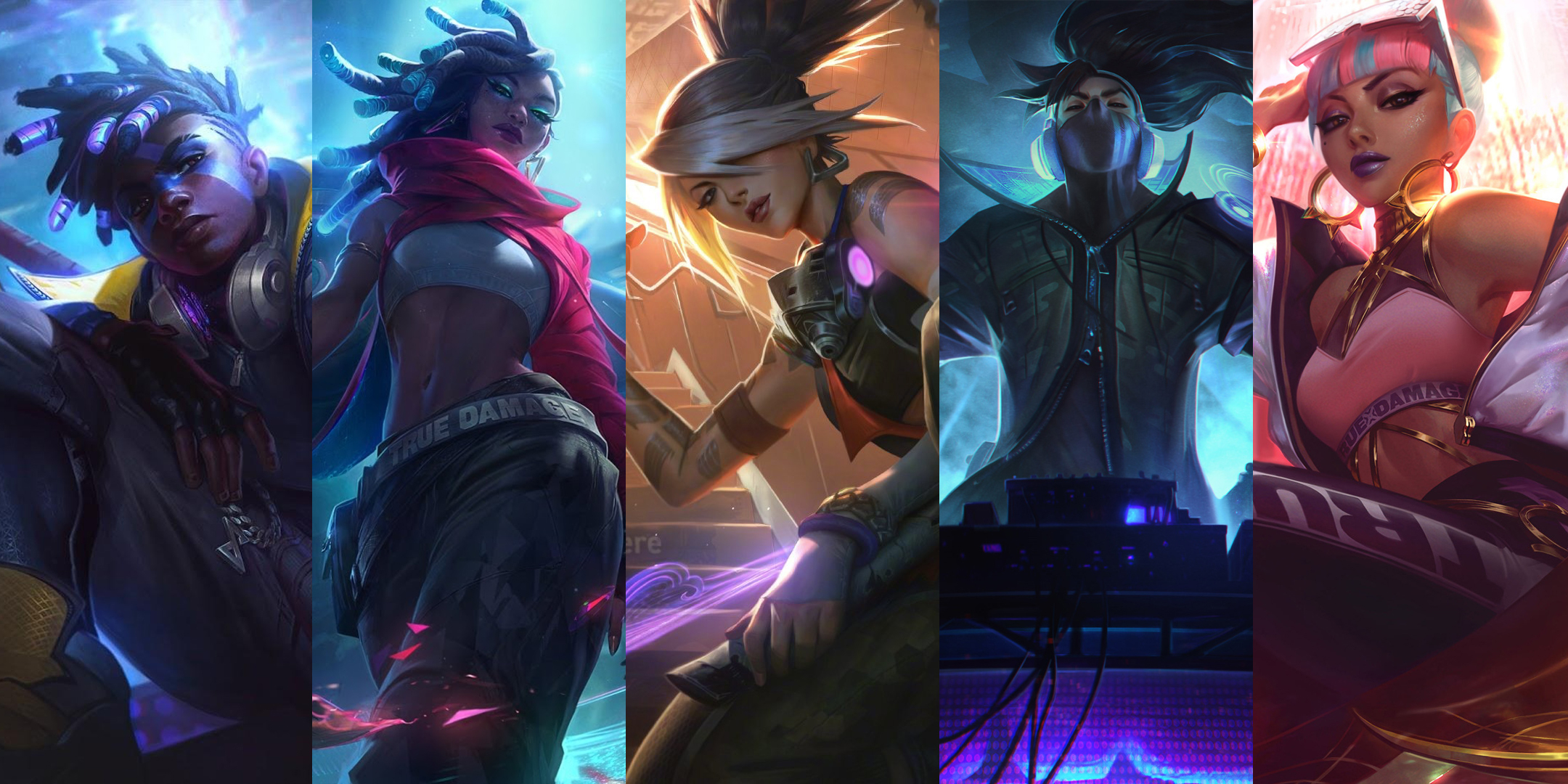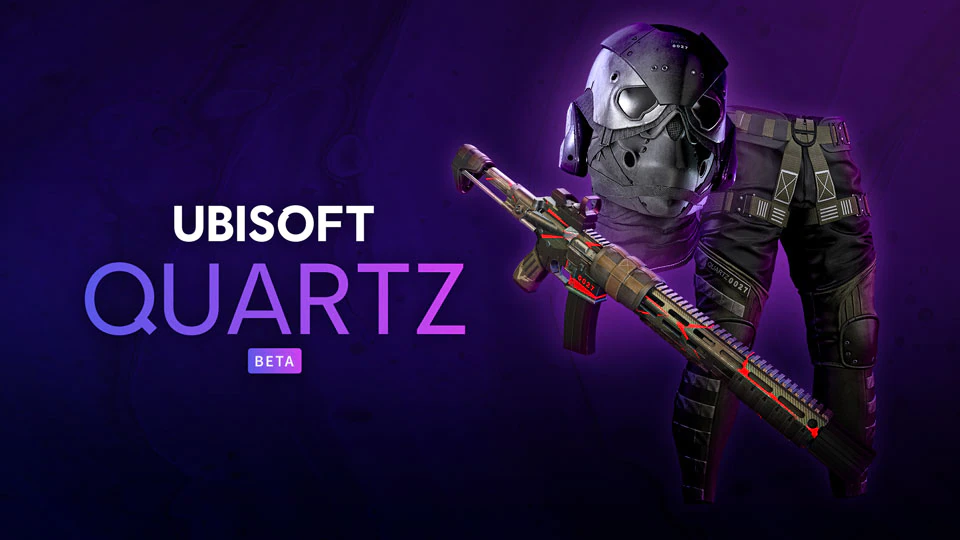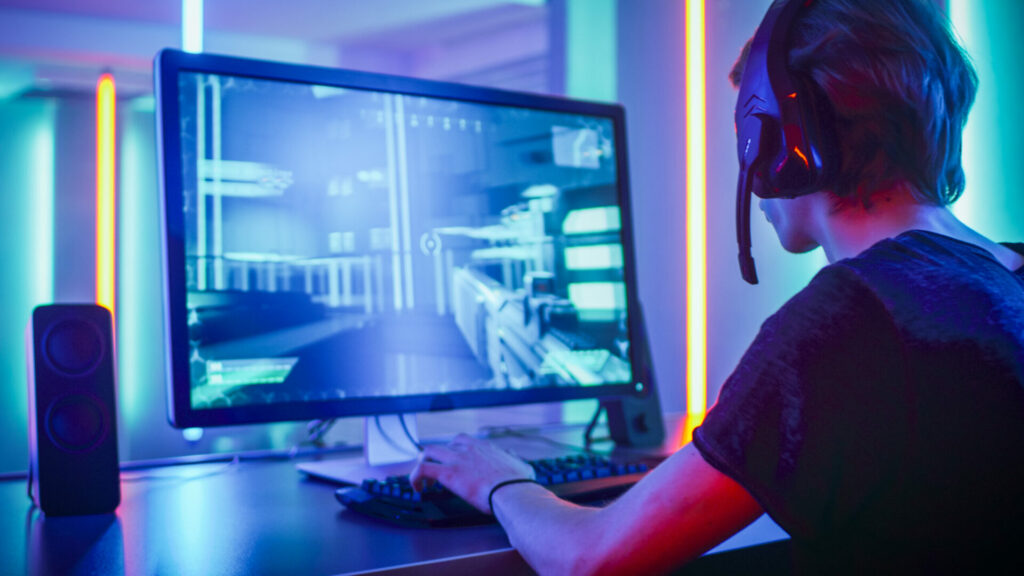It is almost impossible to spend time on social media without stumbling across news pertaining to NFTs or the “metaverse”. The technology has very quickly become one of the most discussed topics on the internet.
And NFTs are not without their fair share of controversy. As with the majority of new and unexplored technology and innovation, there are plenty of bad actors looking to “get rich quick” without regard for their customers.
But underneath the controversy, the apes, and the yachts, is a technology that could ultimately change the future of gaming forever.
A Reminder: What is an NFT?
Even if you have seen countless NFT articles and news blasts in the last few months, it’s still understandable to not have a firm grasp on the concept of NFTs. It’s a new technology, and it’s not simple. But let’s cover the basics.
NFT – Non-Fungible Token – is a digital asset. When you buy an NFT, you own the token connected to that asset. When we talk about a digital asset, we could be talking about an image, a song, a video, an in-game skin, etc.
The topic of “ownership” is a common one in the NFT debate, but it’s important to look beyond the trend of multicoloured apes being utilised as social media profile pictures, and instead focus on the tech applications.

NFTs in Gaming – The Surface Level
We mentioned earlier that an NFT is simply a digital asset. Well, guess what? Your favourite League of Legends skin is also a digital asset. Let’s look at that in more detail.
Your League of Legends skin of choice is a digital asset that is owned, in its entirety, by the game developer, Riot Games. They made the game, they implemented the skin, and they decided how you acquired the skin – whether that be via a loot box, or purchased on the League of Legends store.
You have the skin, you can use it, but in no way do you own the skin – even if you paid real money for it (as is often the case in League of Legends). In theory, Riot Games has the right to simply take the skin away from you at any moment.
The NFT solution can solve this, but also evolve the offering entirely. By tying the purchase of a skin to a token, the player now truly owns that in-game cosmetic. They have the option to sell their skin to another user down the line. In the case of limited edition skin releases, this means the user could even make a hefty profit by providing an unavailable asset to the marketplace.
NFTs in Gaming – Diving Deeper
We’ve had a quick look at the benefit of tying in-game asset ownership to an NFT token, but how can we take this idea further?
Let’s consider the idea of “Play To Earn”.
The “Play To Earn” concept is in its infancy at the moment, with trials taking place in a few games. But the idea is as simple as it sounds – to allow players to earn real money from playing the game.
Effectively, players would have the capacity to earn, unlock, or buy in-game assets utilising the typical NFT solution we explained earlier. Only now, those same players can improve and upgrade those assets through gameplay alone.
Let’s say that you purchase a basic sword from the in-game marketplace, with real money. You own this, because of the NFT solution. You equip the sword, and go about your business, defeating enemies and gathering strength. On your way, you upgrade the sword. It becomes significantly more powerful, looks much cooler, and is subsequently worth a lot more.
With Play To Earn you could, in theory, go and sell this upgraded sword on the player marketplace for a tidy profit. On a larger scale, the idea is to create a player-to-player economy funded with real money. Game developers wouldn’t have as much control over the ecosystem but be rewarded with transaction fees as players traded between themselves.

Who’s Experimenting With NFTs in Gaming?
One of the largest game publishers on the planet – Ubisoft – made headlines last year when it announced the release of “Quartz”. The NFT platform allowed players to buy digital assets in the game Ghost Recon Breakpoint. Quartz launched to the sound of criticism from users on social media, but Ubisoft stayed the course and released Quartz to the public.
As of April 2022, the company has announced that it will temporarily halt the production of NFTs for Ghost Recon Breakpoint, and apply its learnings from this pilot to integrate more NFT solutions in the future.
One notable content creator who has leaned heavily into NFTs in gaming is the popular Guy “DrDisrespect” Beahm. “Doc” is one of the largest content creators in the world, and has used his platform – and prior game dev experience – to launch his own game, currently titled “Project Moon”.
The game will feature NFT packs, but the content creator has stressed that, at least initially, these will not be tied to play power. Players who sign-up and purchase a “Founders Pass” NFT will gain access to various cosmetic items, early invitations to alpha and beta tests, exclusive access to content, and voting rights on game features.
Will NFTs Become a Mainstay of Video Games?
The honest answer is – we don’t know for sure.
Realistically, in some form or another, NFT technology will almost certainly play its part in the future of the video games industry. What we’re seeing right now is the early iterations of how this technology can benefit both the players and developers – not everyone is going to get it right.
As more and more projects integrate the NFT solution, the industry will gain more knowledge on the right way to utilise this technology.


